Seeking comments on plants I want to use for shade
psuperb1
13 years ago
Related Stories
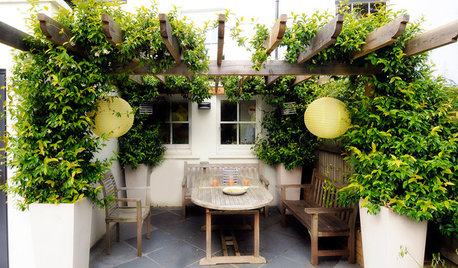
GARDENING AND LANDSCAPINGSeek Shelter in the Shade This Summer
Open up to outdoor living with 8 garden shade strategies
Full Story
UPHOLSTERYSeeking a Quiet, Relaxed Spot? Try Upholstering Your Walls
Upholstery can envelop an entire room, a framed panel or a single wall. See some design options and learn what to expect
Full Story
LANDSCAPE DESIGNGreat Design Plant: Retreat to the Shade of Hardy Catalpa
Big foliage and a towering height provide a shady respite in summer, but that's not all hardy catalpa offers dedicated gardeners
Full Story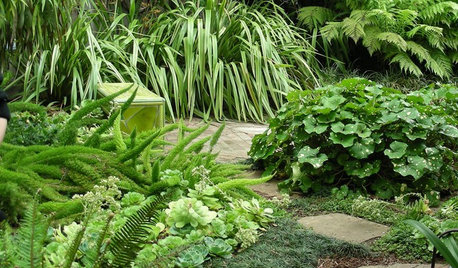
PLANTING IDEAS8 Sumptuous Shade Garden Plant Combinations
Enjoy these plant combinations made for spots with varying levels of shade and different garden zones
Full Story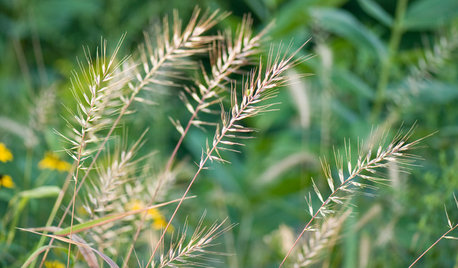
GARDENING GUIDESGreat Design Plant: Elymus Hystrix Thrives in Shade
Plant eastern bottlebrush grass in eastern U.S. woodlands or shade gardens for midsummer flower heads and blue-gray arching grass blades
Full Story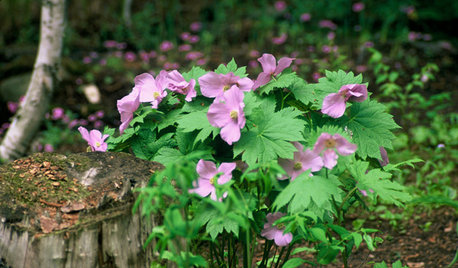
GARDENING GUIDES7 Shade-Loving Rarities of the Plant World
Cultivate a discriminating air in a shady garden patch with these uncommon woodland wonders
Full Story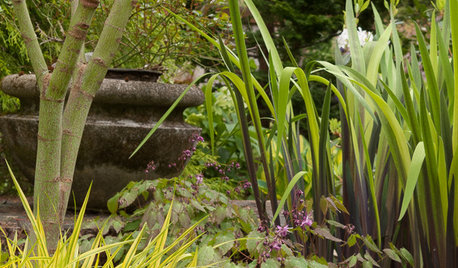
PLANTING IDEASA Great Spring Plant Combo for Dappled Shade
Time these ephemeral beauties right to watch them play off one another under a canopy of deciduous trees
Full Story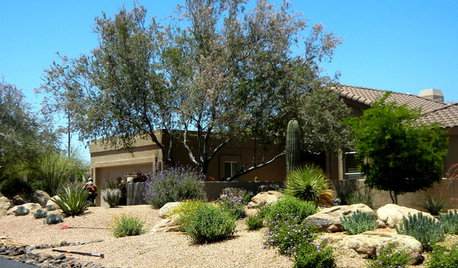
GARDENING GUIDESGreat Design Plant: Olneya Tesota Offers Desert Shade
This long-lived Southwestern native tree decorates the sky with its dusty gray-green foliage and lavender-colored blossoms
Full Story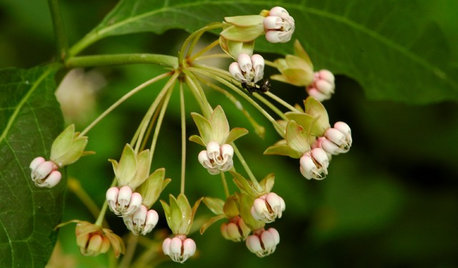
GARDENING GUIDES5 Unsung Wildflowers That Thrive in Dry Shade
Turn shady problem spots into garden idylls with with these prolific, easy-care bloomers
Full Story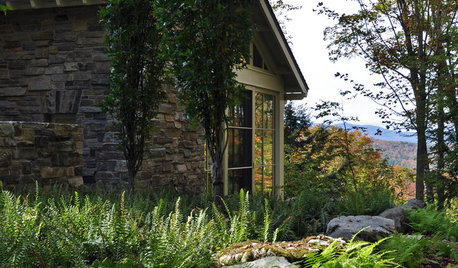
GARDENING GUIDESGreat Design Plant: Athyrium Filix-Femina
If you need a well-mannered plant that shines in the shade, lady fern is for you
Full StoryMore Discussions






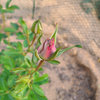
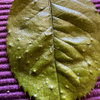
lazy_gardens
psuperb1Original Author
Related Professionals
Chattanooga Landscape Architects & Landscape Designers · Clemson Landscape Architects & Landscape Designers · El Reno Landscape Contractors · Fair Lawn Landscape Contractors · North Canton Landscape Contractors · North Ridgeville Landscape Contractors · Oviedo Landscape Contractors · Parker Landscape Contractors · Ponte Vedra Beach Landscape Contractors · Shirley Landscape Contractors · Vancouver Landscape Contractors · Lauderdale Lakes Landscape Contractors · Cedar Park Carpenters · Ridgewood Carpenters · Castaic Gardeners & Lawn Carepsuperb1Original Author
nmgirl
psuperb1Original Author
lazy_gardens